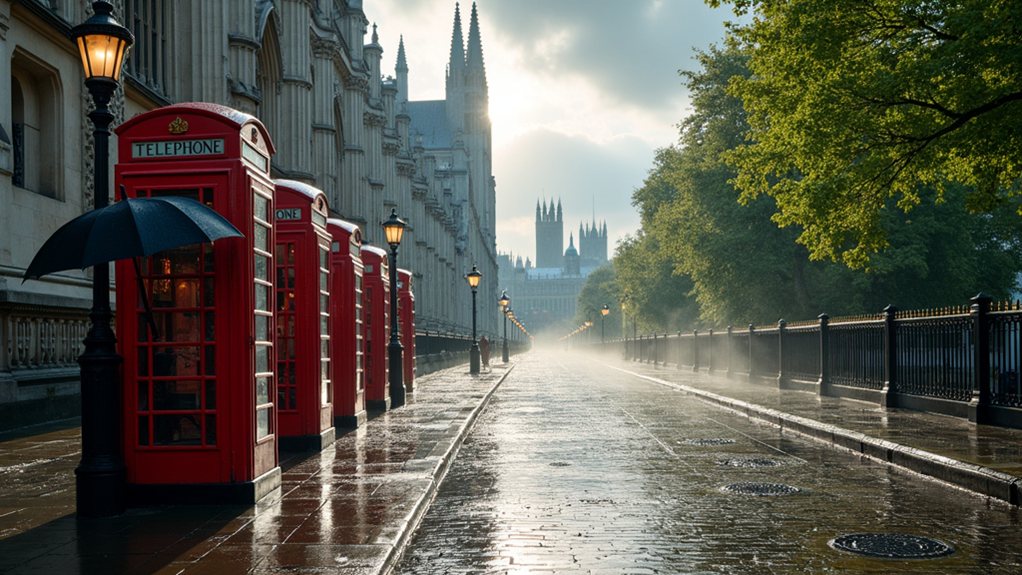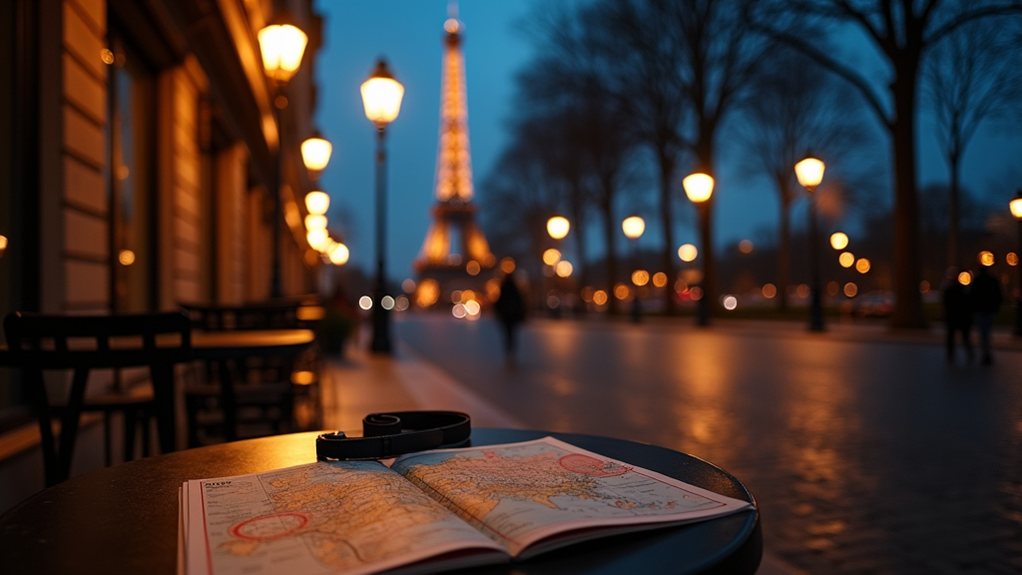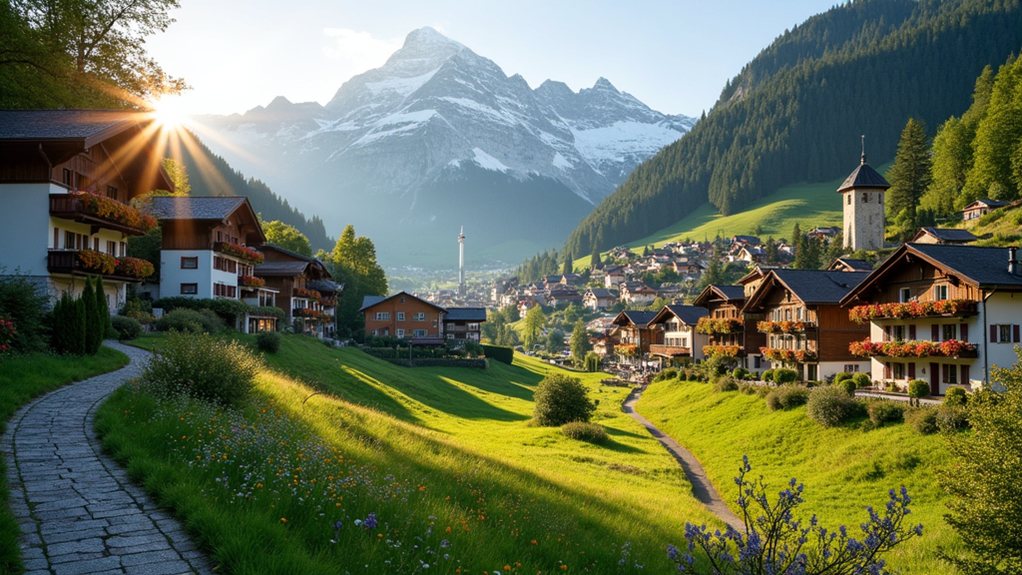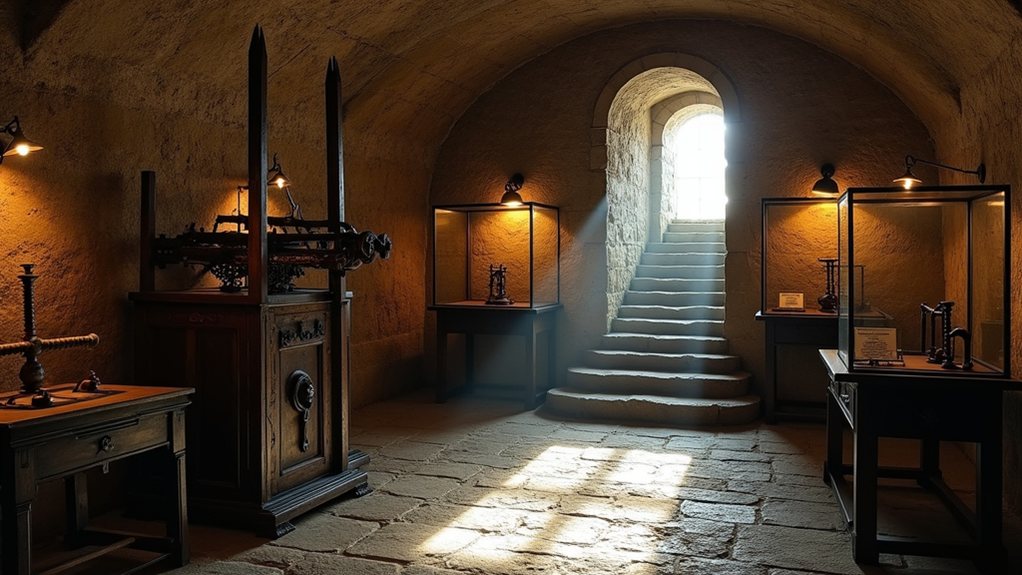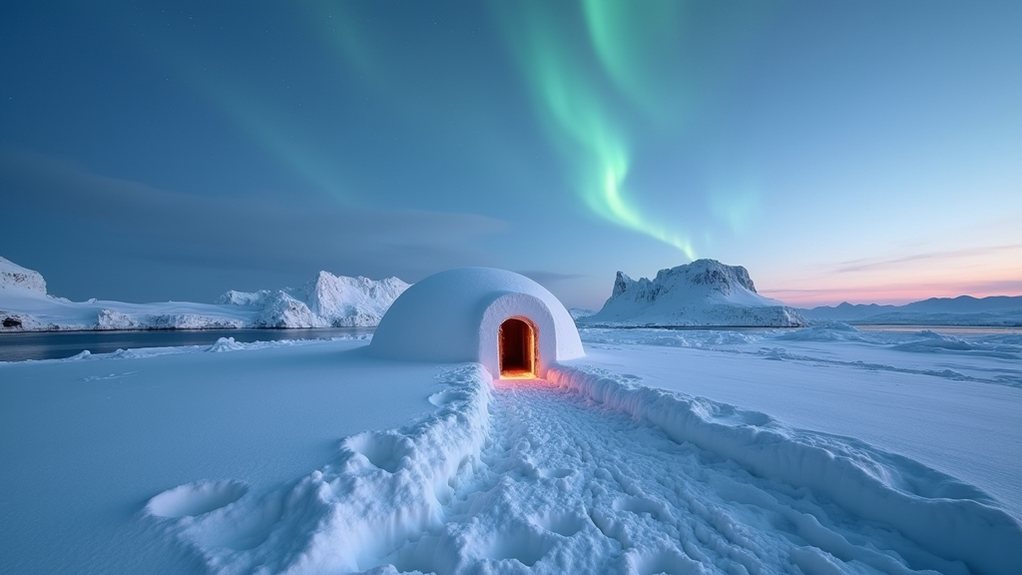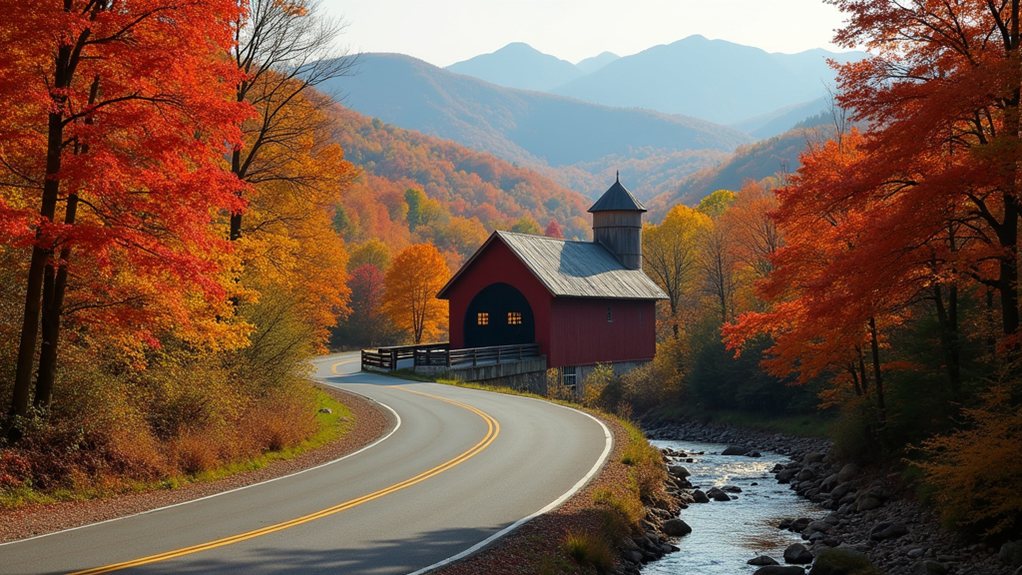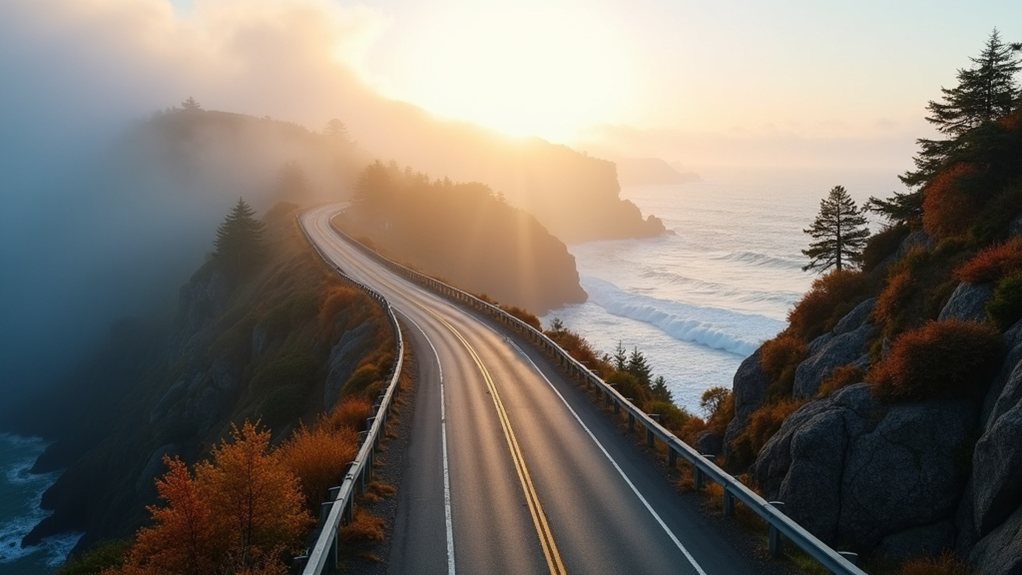London’s infamous rain, often the subject of travelers’ worries, actually improves the city’s charm in surprising ways. Visitors who arrive during drizzly days find fewer crowds at top attractions like the British Museum, where they can admire the Rosetta Stone without jostling for position. The precipitation transforms Hyde Park into a misty wonderland of vibrant greens, while the city’s 3,500+ pubs offer warm refuges where one can enjoy a proper pint alongside locals who’ll share insider tips about their beloved “Big Smoke.”
London’s Light Rain and Diverse Indoor Attractions
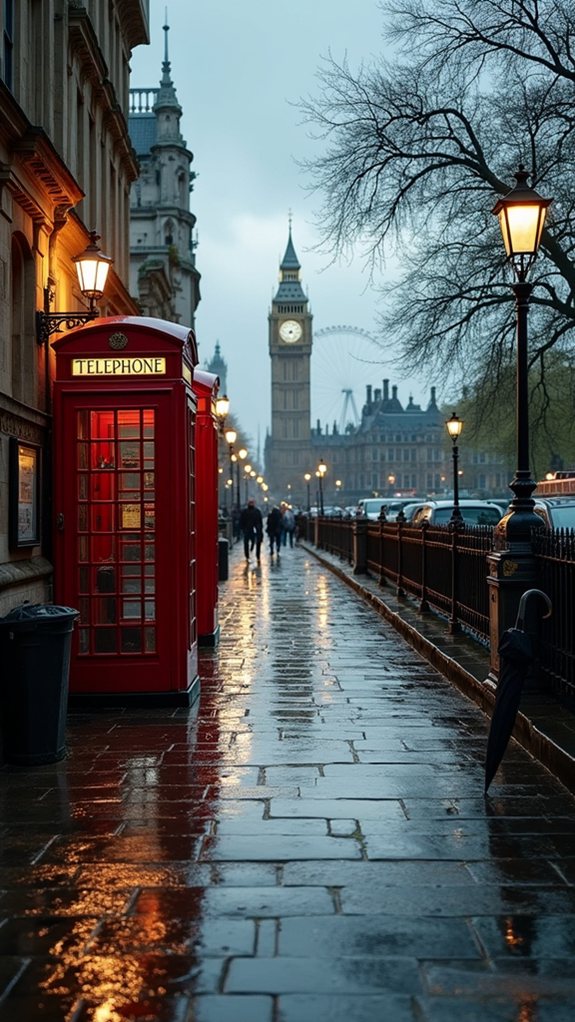
One hundred and fifty-six days of rain per year might sound overwhelming, but London‘s reputation as a perpetually soggy metropolis isn’t entirely deserved. The truth is, it doesn’t rain on 71% of days throughout the year, and when precipitation does occur, it’s typically light and intermittent rather than the torrential downpours visitors might fear.
London’s annual rainfall measures a modest 615 mm, distributed evenly across the seasons with slight increases during October and November. The rain that does fall contributes to the city’s lush parks and gardens, creating those quintessentially British verdant landscapes that charm visitors from around the globe. While January puddles might splash against your wellies, the clouds often part to reveal surprisingly pleasant conditions.
What truly sets London apart is its exceptional indoor culture, cultivated precisely because of those rainy days. When droplets begin to patter against windows, locals simply duck into world-class museums like the British Museum or National Gallery, both completely free of charge. Unlike remote destinations such as Kobuk Valley National Park, London offers easy accessibility with comprehensive public transportation. Much like choosing premium amenities for a luxury RV park, London provides visitors with high-quality infrastructure that ensures comfort regardless of the weather.
The Houses of Parliament offer fascinating guided tours, while Westminster Abbey provides a magnificent architectural haven from the elements. These guided tours are typically 90 minutes long, keeping visitors dry and entertained with insights into British history.
Markets haven’t surrendered to the weather either. Covered spaces like Spitalfields offer shopping and cultural experiences regardless of conditions outside. After browsing, there’s nothing more authentically London than warming up in a traditional pub, perhaps with a pint and some comfort food while the rain creates a cozy soundtrack against the windowpanes.
The city’s weather patterns, influenced by Atlantic currents and the jet stream, guarantee variability that keeps things interesting. Summer months bring longer sunshine hours—1,675 annually—perfect for outdoor exploration between showers. The warmest months of July and August offer ideal outdoor conditions with temperatures reaching 23-24°C on average.
Even in winter, when cloud cover increases, the city’s character and resilience shine through.

